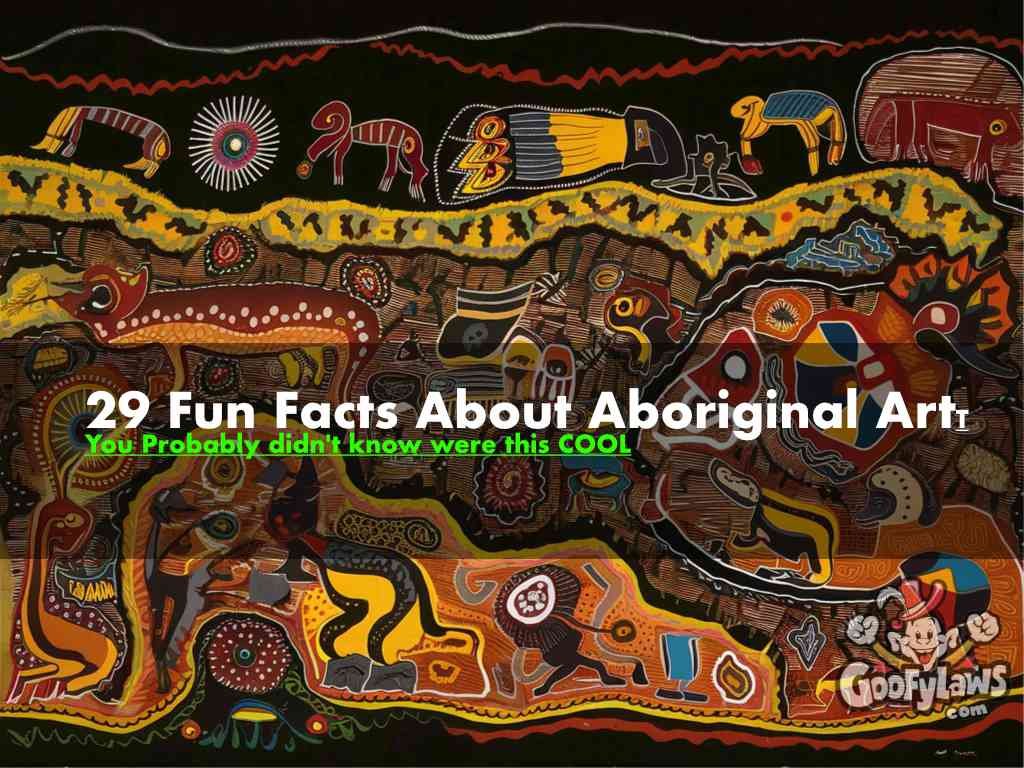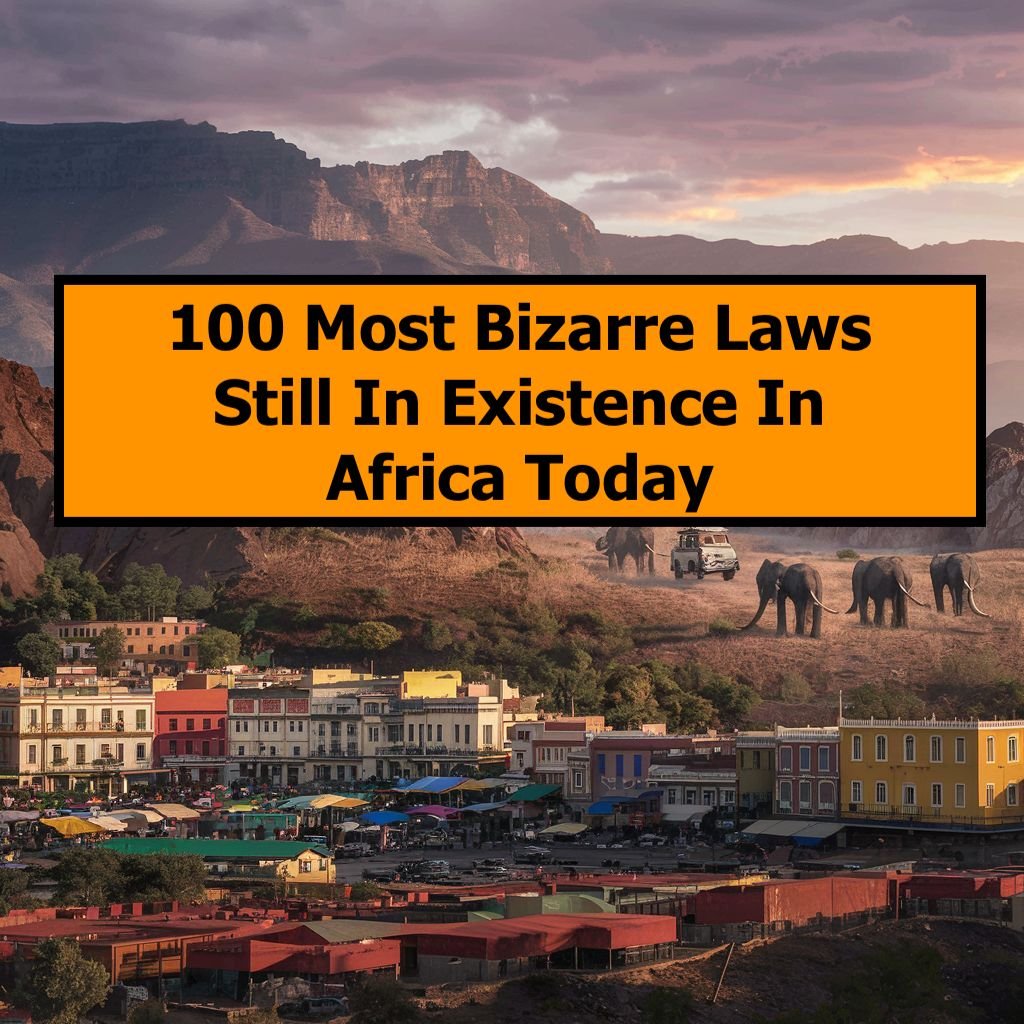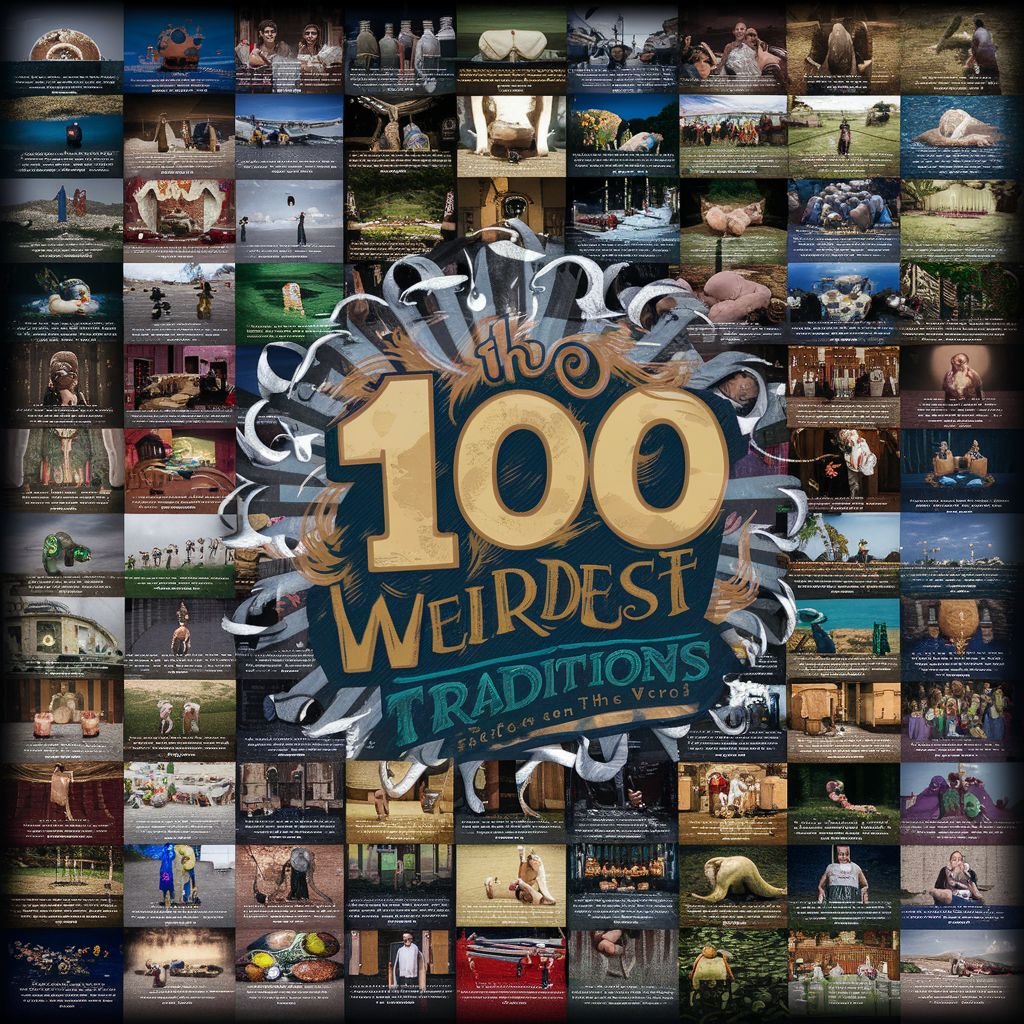1. The Maya Civilization Flourished in Mesoamerica
The Mayans lived in the region that now encompasses southeastern Mexico, all of Guatemala and Belize, and the western portions of Honduras and El Salvador.
2. They Were One of the Most Dominant Indigenous Societies of Mesoamerica
A highly developed civilization, the Mayans were known for their advanced writing, astronomy, art, architecture, and mathematical systems.
3. The Classic Period of Mayan Civilization Was from 250 to 900 AD
During this time, the Mayans developed a complex society, built magnificent cities, and made significant advances in various fields.
4. The Mayans Developed a Complex Hieroglyphic Writing System
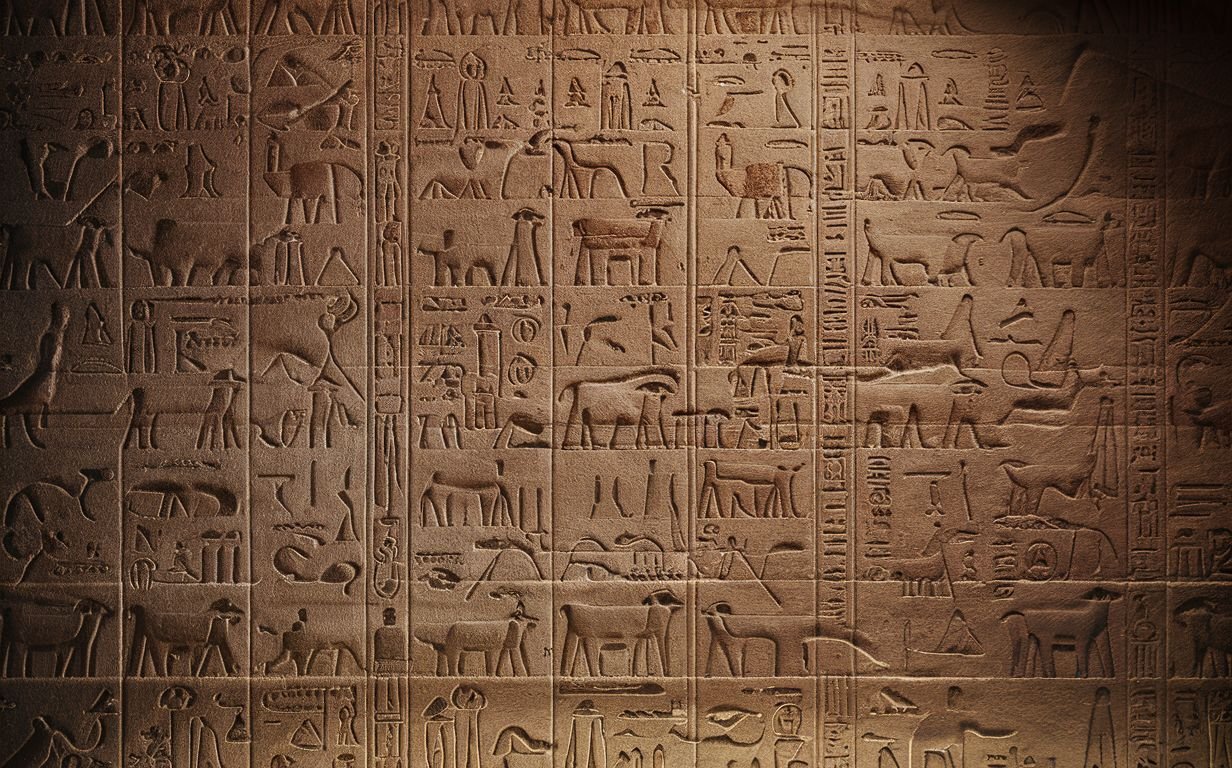
Their writing system was one of the most sophisticated in the pre-Columbian Americas and was key to recording their history and culture.
5. They Were Master Astronomers
The Mayans carefully observed the movements of the heavens, accurately calculating the cycles of various celestial bodies, including the Moon and Venus.
6. Mayan Calendar Was Highly Accurate
Their calendar systems, including the Tzolk’in, Haab’, and the Long Count, were incredibly precise and complex, incorporating cycles of solar years, lunar months, and planetary movements.
7. They Built Impressive Cities and Temples
Iconic Mayan cities like Tikal, Palenque, Copán, and Chichen Itza are known for their grand pyramids, temples, palaces, and ball courts.
8. The Mayans Practiced Slash-and-Burn Agriculture
This method, known as milpa, involved cutting and burning forests or jungles to create fields for cultivation, which supported their large populations.
9. They Had a Complex Pantheon of Gods
The Mayans worshipped a diverse pantheon of gods related to nature, agriculture, and daily life, performing elaborate rituals and ceremonies to honor them.
10. The Mayans Were Skilled Mathematicians
They developed the concept of zero independently and used a base-20 (vigesimal) number system that was advanced for its time.
11. The Mayans Created a Vibrant Tradition of Art
Their art, found on pottery, walls, and stelae, depicted gods, kings, mythological scenes, and everyday life with intricate detail.
12. They Used a System of City-States
Unlike a single unified empire, the Mayan civilization was made up of a network of city-states, each ruled by its own king.
13. The Mayans Were Talented Engineers
They engineered extensive water management systems, including reservoirs, to support their urban centers and agriculture.
14. The Ball Game Was a Significant Part of Mayan Culture
The Mesoamerican ballgame, played with a rubber ball in specially constructed courts, had religious and political significance.
15. The Spanish Conquest Led to the Decline of Mayan Civilization
While Mayan cities had already experienced significant decline before the arrival of the Spanish, the conquest accelerated the disintegration of their society.
16. Mayan Descendants Still Live Today
Millions of descendants of the Mayans still live in the same region, maintaining many aspects of their ancestors’ culture, language, and traditions.
17. The Mayans Were Excellent Weavers and Potters
They created beautiful textiles and pottery, which were both used in daily life and as offerings to the gods.
18. They Practiced Human Sacrifice
Human sacrifice was part of their religious practices, often conducted to appease the gods, enhance fertility, or mark significant calendar dates.
19. The Mayans Used Hallucinogenic Substances in Religious Ceremonies
Substances like peyote, mushrooms, and tobacco were used to induce visions and communicate with the gods.
20. Mayan Architecture Featured the Corbel Arch
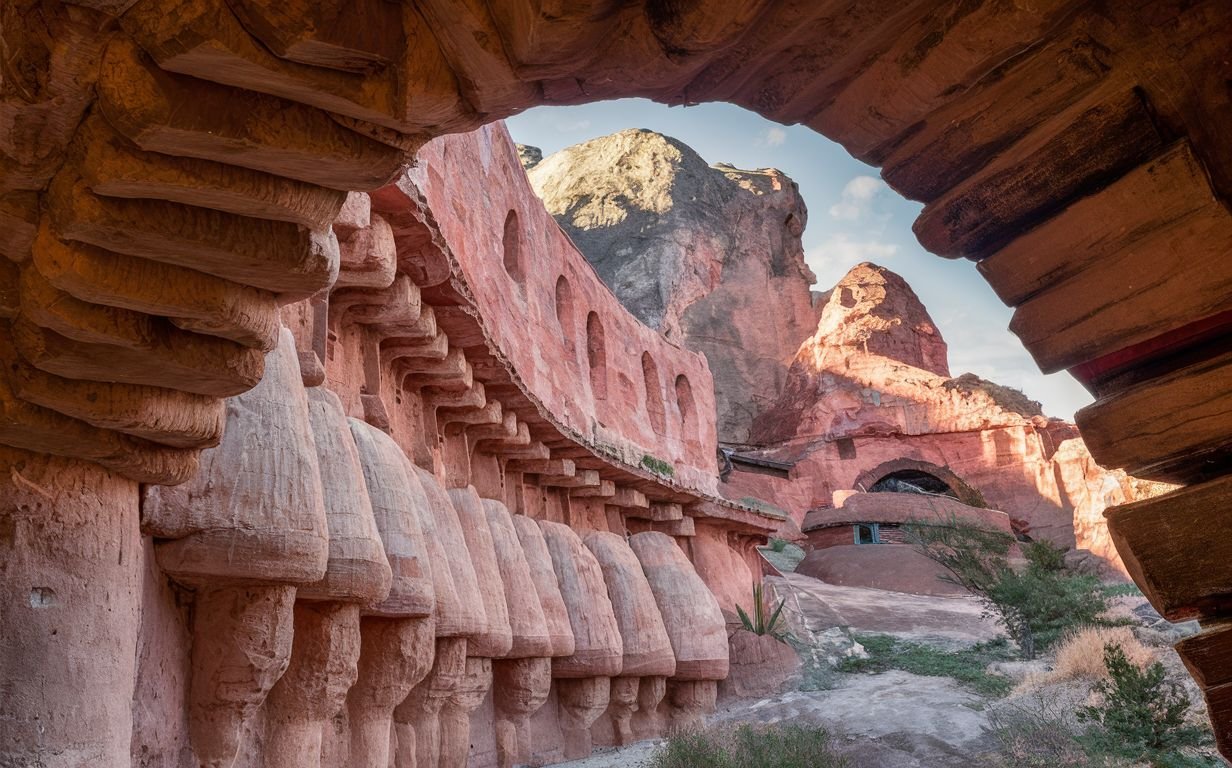
Unlike true arches, corbel arches are constructed by stacking stones so that they gradually close in towards the top, a distinctive feature of Mayan architecture.
21. The Collapse of the Mayan Civilization Is Still Debated
Theories for the decline of the Mayan civilization include overpopulation, environmental degradation, warfare, and drought. It remains a topic of research and debate among scholars.
22. Mayans Had Advanced Knowledge of Medicine and Surgery
They practiced sophisticated medical treatments, including dental work and skull surgery, using natural remedies derived from plants.
23. The Concept of Beauty Was Unique Among the Mayans
Beauty standards included flattened foreheads, crossed-eyes, and dental modifications, often achieved through various means from a young age.
24. They Created Durable Roads and Causeways
Known as sacbeob (plural for sacbe), these white stone roads connected major cities and were crucial for trade, communication, and military movements.
25. Mayans Used Chocolate as Currency
Cacao beans were highly valued, used both as a drink for special occasions and a form of currency for trade and market transactions.
26. Mayan Kings Were Considered Semi-Divine
Kings played a central role in Mayan society, acting as mediators between the gods and people. Their actions, including warfare and rituals, were believed to ensure agricultural fertility and cosmic order.
27. The Mayans Were Pioneers in the Use of Rubber
They were among the first to harvest and process latex from rubber trees, using it for various purposes, including making balls for their ballgames.
28. Mayan Texts Are Scarce Due to Spanish Conquest
Many Mayan books (codices) were destroyed by Spanish conquistadors and missionaries, who saw them as pagan. Only a few codices survive today.
29. They Practiced Complex Funeral Rites
Mayan burial practices varied greatly and often involved elaborate ceremonies, including grave goods, food offerings, and body positioning according to status or occupation.
30. Mayans Had a Deep Understanding of Acoustics
Some Mayan temples and ball courts are acoustically engineered to project sounds or voices over long distances, a testament to their understanding of sound dynamics.
31. The Mayans Developed a Sophisticated System of Hieroglyphics
Their writing system combined logograms (symbols representing words) and syllabic signs, allowing for the transcription of many aspects of their spoken language.
32. They Observed a Complex Ritual Calendar
The Mayans used a 260-day ritual calendar called the Tzolk’in, which was integral to determining religious and ceremonial events, as well as a 365-day solar calendar, the Haab’.
33. Mayans Created Stucco Masks and Facades
Large stucco masks and facades adorned many Mayan temples and buildings, representing gods, ancestors, or mythical beings.
34. They Were One of the Few Ancient Civilizations to Develop the Concept of Zero
The Mayans’ mathematical innovations, including the concept of zero, allowed for accurate astronomical observations and calendar calculations.
35. The Mayans Had a Unique Mythology and Cosmology
Their mythology included a rich pantheon of gods and creation stories that explained the origins of the world, humans, and the role of the divine in daily life.
36. Copán Was a Major Mayan Cultural Center
Located in modern-day Honduras, Copán was renowned for its elaborate sculptures, stelae, and extensive hieroglyphic texts.
37. Mayans Used Natural Dyes for Textiles
They produced vibrant textiles using dyes made from plants, insects, and minerals, often reflecting social status or religious significance.
38. The Popol Vuh Is a Sacred Mayan Text
The Popol Vuh is one of the most important surviving texts that narrates the Mayan creation myths, the adventures of the Hero Twins, and the history of the Mayan gods and people.
39. Mayans Practiced a Form of Cross-Cultural Exchange
Through trade and conquest, the Mayans engaged in cultural exchange with other Mesoamerican civilizations, influencing and being influenced by them in return.
40. The Mayan Civilization Experienced a Mysterious Decline Before the Spanish Arrival
While many Mayan cities were abandoned by the time the Spanish arrived, the reasons for this decline are complex and multifaceted, including environmental stress, political upheaval, and social changes.
41. The Mayans Built Observatory Structures
Mayan astronomers used structures specifically designed for observing celestial events, allowing them to track solstices, equinoxes, and planetary movements with remarkable accuracy.
42. Mayan Warfare Was Influenced by Ritual and Religion
Warfare among the Mayan city-states often had religious motivations, including the capture of prisoners for sacrifice and the acquisition of territory for tribute.
43. They Had a Deep Respect for Jaguars
Jaguars were revered in Mayan culture, symbolizing power and the underworld. Kings and warriors often wore jaguar skins, and the animals were featured prominently in Mayan art and mythology.
44. The Mayans Practiced Terrace Farming
To cultivate crops in hilly or mountainous regions, the Mayans built terraces, a sustainable farming technique that prevented soil erosion and maximized arable land.
45. Chichen Itza Was a Major Mayan City
Chichen Itza, located in the Yucatan Peninsula of Mexico, is one of the most visited Mayan archaeological sites today, famous for its massive step pyramid, El Castillo.
46. The Mayans Used a Base-20 Number System
Their vigesimal system is evident in their mathematics, calendar, and astronomical calculations, differing significantly from the base-10 system used in much of the world today.
47. Mayan Cities Were Religious and Administrative Centers
These cities served as centers for religious ceremonies and governance, with large plazas for public events, pyramids for worship, and palaces for the elite.
48. The Mayans Made Significant Astronomical Discoveries
They were aware of the synodic period of Venus, the cycle of Mars, and the movements of the Moon and the Sun, which they integrated into their calendars and rituals.
49. Mayan Society Was Highly Stratified
Social structure in Mayan society was complex, with a clear hierarchy from the ruler (k’uhul ajaw) and nobility down to commoners, farmers, and slaves.
50. The Collapse of Mayan Civilization Was Gradual
The decline of the Mayan civilization was not sudden but occurred over several centuries, with many cities falling into decline while others flourished until the Spanish conquest.
51. Mayans Created Elaborate Murals
Many Mayan sites contain murals that depict various aspects of daily life, ceremonies, and mythology, providing valuable insights into their society and beliefs.
52. The Mayans Developed Advanced Water Management Systems
In regions with seasonal rainfall, the Mayans built reservoirs, canals, and aqueducts to collect and distribute water, essential for their survival and agricultural practices.
53. Mayan Rulers Were Considered Divine
The king was seen as a mediator between the gods and the people, with the divine right to rule based on lineage and the ability to communicate with the supernatural world.
54. The Mayans Created the “Paris Codex”
One of the few surviving Mayan books, the Paris Codex contains prophecies, astrological tables, and rituals, offering a glimpse into Mayan thought and culture.
55. The Mayans Used Obsidian for Tools and Weapons
This volcanic glass was highly valued for its sharpness and durability, used in the creation of knives, arrowheads, and ritual objects.
56. They Practiced Sophisticated Art and Sculpture
Mayan art and sculpture often depicted gods, rulers, mythical scenes, and everyday activities with a high level of detail and craftsmanship.
57. The Mayans Developed a Unique Style of Ceramics
Mayan pottery, often decorated with complex scenes and hieroglyphs, was used for both daily use and ceremonial purposes.
58. Palenque Is Noted for Its Architectural and Sculptural Achievements
The ancient city of Palenque in Chiapas, Mexico, is famous for its architectural innovations, including the Temple of the Inscriptions, the final resting place of the ruler Pakal the Great.
59. Mayan Glyphs Were Deciphered in the 20th Century
The decoding of Mayan writing has unlocked much of what is known about their history, society, and culture, a process that continues to yield new discoveries.
60. The Mayans Had a Concept of Living and Dead Nature
They believed that all elements of nature, including caves, mountains, and water bodies, possessed a living spirit, which played a crucial role in their religious and daily life.
61. The Mayans Practiced Body Modification
Body modifications, including skull elongation, dental inlays, and body tattoos, were common among the Mayans, reflecting social status, beauty standards, and religious beliefs.
62. They Had a Rich Tradition of Mythical Storytelling
Mayan mythology, rich with tales of gods, creation stories, and heroic epics, was integral to their religious beliefs and rituals, and has been partially preserved through various post-conquest documents.
63. The Ancient City of Tikal Was a Major Mayan Urban Center
Tikal, located in modern-day Guatemala, was one of the largest and most politically powerful Mayan cities during the Classic Period, known for its towering pyramids and vast public plazas.
64. Mayans Believed in a Three-Layered Cosmos
Their worldview consisted of the heavens above, the earth in the middle, and the underworld below, each with its own distinct gods and spirits.
65. The Mayans Used Saunas for Ritual Purification
Steam baths, or temazcales, were used for ritual purification purposes, involving water poured over hot stones to create steam, symbolizing rebirth and renewal.
66. Mayan Kings Performed Bloodletting Rituals
Rulers and nobles engaged in ritual bloodletting, piercing their tongues, ears, or genitals to offer their blood to the gods, an act believed to sustain the universe and communicate with the divine.
67. The Mayans Had a Complex System of Social Classes
Mayan society was divided into distinct social classes, from the ruling elite and nobility to specialized artisans, merchants, and the peasant class, each with specific roles and responsibilities.
68. They Produced a Rich Array of Textiles
Using cotton and agave fibers, the Mayans wove intricate textiles dyed with vibrant natural colors, which were used for clothing, trade, and ceremonial purposes.
69. Mayan Religion Included a Vast Array of Deities
Their pantheon included gods associated with the natural world, agriculture, death, and the cosmos, reflecting the Mayans’ deep connection to their environment and the supernatural world.
70. The Ancient Mayans Practiced Astrology
They believed that celestial events influenced earthly affairs, using their understanding of astronomy to predict solar eclipses, planetary movements, and their impact on human activities.
71. The Mayans Built Observatory Temples
Structures like El Caracol at Chichen Itza served as observatories, where priests and astronomers could track celestial events and align their calendar and rituals accordingly.
72. The Concept of Duality Was Important in Mayan Belief
Many Mayan gods had dual aspects, embodying both creation and destruction, life and death, reflecting the cyclic nature of their worldview.
73. Mayans Used Natural Resources for Construction
Materials such as limestone for buildings and stucco for sculptures were sourced locally, demonstrating the Mayans’ ability to utilize their natural environment effectively.
74. Mayan Civilization Was Known for Its Hydraulic Engineering
They engineered reservoirs, canals, and aqueducts to manage water resources, crucial for supporting large populations and agriculture in their cities.
75. The Mayans Developed a Unique Architectural Style
Mayan architecture, characterized by stepped pyramids, expansive plazas, and ornate carvings, reflects a blend of religious symbolism, social hierarchy, and environmental adaptation.
76. Trade Was Essential to Mayan Economy
The Mayans engaged in extensive trade networks, exchanging goods like jade, cacao, textiles, and obsidian with neighboring cultures, contributing to their economic and cultural development.
77. The Mayans Crafted Jade Into Sacred Objects
Jade, considered more valuable than gold, was used to create intricate jewelry, ceremonial objects, and burial offerings, symbolizing eternal life and power.
78. Mayan Cities Were Political and Spiritual Centers
Urban centers functioned as hubs for political power, religious worship, and economic activity, with temples and palaces signifying the city’s importance.
79. The Decline of Mayan Cities Varied Regionally
The collapse of Mayan civilization occurred at different times across their territory, with some cities thriving until the arrival of the Spanish in the 16th century.
80. The Mayans Had a Unique Approach to Time
Their cyclical concept of time, as seen in their calendars, emphasized the importance of repetition and renewal, differing from linear time perspectives.
81. Mayan Glyphs Were Both Phonetic and Logographic
Their writing system combined phonetic symbols representing sounds with logograms that depicted words or concepts, allowing for the expression of complex ideas and narratives.
82. The Mayans Constructed Ball Courts for Ritual Games
Ball courts were central features of Mayan cities, where the Mesoamerican ballgame was played not just for sport but also for religious and ceremonial purposes, often involving ritual sacrifices.
83. The Mayans Believed in a Cycle of Creation and Destruction
Their cosmology included cycles of creation and destruction, with the current world being the latest in a series of creations by the gods.
84. Mayan Stelae Recorded Historical Events
Stelae, or large stone monuments, were erected in city centers to commemorate significant events, victories, or the reigns of kings, often intricately carved with hieroglyphic inscriptions.
85. Mayans Had a Deep Connection to Caves
Caves were considered sacred and were often used for rituals and as burial sites, believed to be entrances to the underworld and the realm of the gods.
86. The Mayans Made Significant Contributions to Agriculture
They cultivated a variety of crops, including maize, beans, squash, and chili peppers, employing techniques like slash-and-burn agriculture and terrace farming to enhance productivity.
87. Mayan Artisans Were Skilled in Featherwork
They created exquisite items from feathers, including headdresses, capes, and shields, using vibrant feathers from birds like the quetzal to symbolize status and connect with the divine.
88. The Mayans Developed a Form of Hierarchical Governance
Each Mayan city-state was ruled by a king, supported by a complex hierarchy of nobles, officials, and priests, overseeing the administration, military, and religious activities.
89. The Mayans Practiced Sustainable Forest Management
They managed their environment sustainably, cultivating forest gardens that mimicked the natural ecosystem and provided a variety of resources while preserving biodiversity.
90. Mayan Astronomy Influenced Their Architecture
Many Mayan structures were aligned with celestial phenomena, such as solstices and equinoxes, integrating their understanding of astronomy into urban planning and religious practices.
91. The Mayans Created Intricate Murals and Frescoes
Murals and frescoes adorned the walls of Mayan buildings, depicting scenes of daily life, mythology, and rulers, providing insights into their culture and beliefs.
92. Mayan Hieroglyphics Have Been Partially Deciphered
The decoding of Mayan script has revealed much about their history, society, and worldview, although many glyphs and texts remain a mystery.
93. The Mayans Had a Deep Understanding of Herbal Medicine
They used a wide range of plants for medicinal purposes, with knowledge of their properties and uses passed down through generations, some of which are still used today.
94. The Ancient Mayans Influenced Modern Culture
Mayan architecture, art, and glyphs have inspired various aspects of modern culture, including fashion, literature, and film, reflecting their lasting impact.
95. Mayan Language and Dialects Are Still Spoken Today
Descendants of the Mayans continue to speak languages and dialects that have evolved from the ancient Mayan language, preserving their linguistic heritage.
96. The Mayans Were Skilled in Making Pottery
Their pottery ranged from utilitarian cookware to highly decorative ceremonial pieces, often intricately designed and painted with scenes from mythology and daily life.
97. Mayan Society Was Intimately Connected With Their Environment
Their survival and prosperity were deeply intertwined with their understanding of and respect for their natural surroundings, influencing their agriculture, resource management, and religious practices.
98. Mayan Temples Were Often Built atop Older Structures
Many Mayan temples and pyramids were constructed over older buildings, layers of which can be seen in archaeological excavations, revealing the continuous use and significance of these sacred sites.
99. The Mayans Valued Education and Knowledge
Education, particularly in religious, mathematical, and astronomical knowledge, was important in Mayan society, with priests and nobles receiving the most comprehensive education.
100. The Legacy of the Mayans Continues to Fascinate and Inspire
The Mayans’ achievements in various fields, their complex society, and their enduring legacy continue to fascinate scholars, inspire curiosity, and attract visitors from around the world to their ancient cities and monuments.

